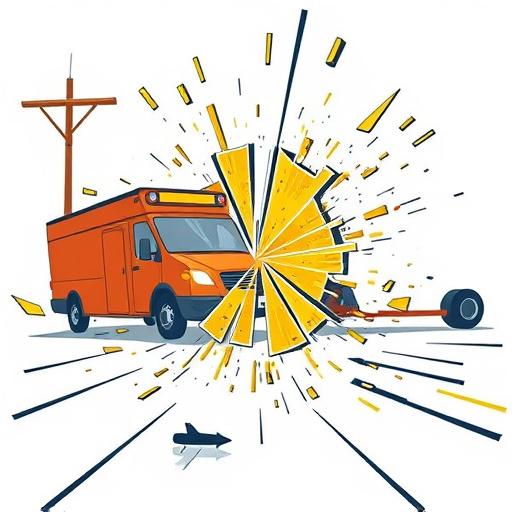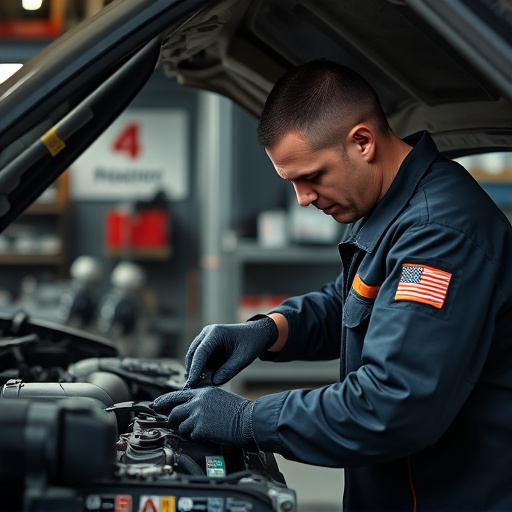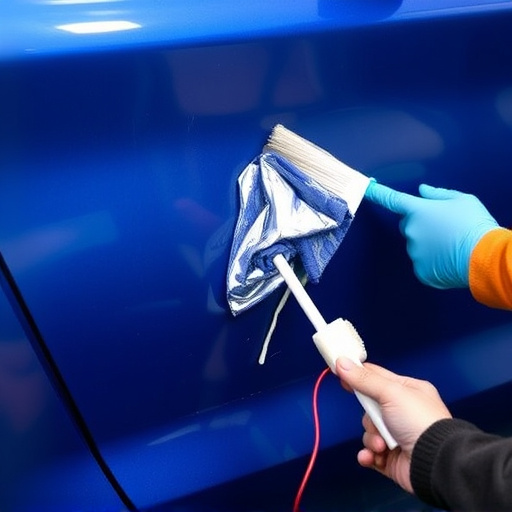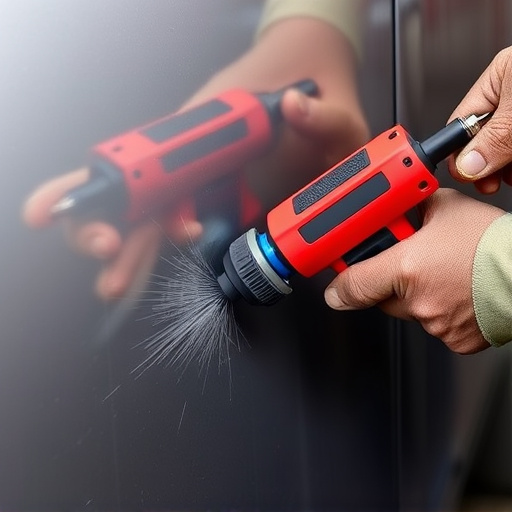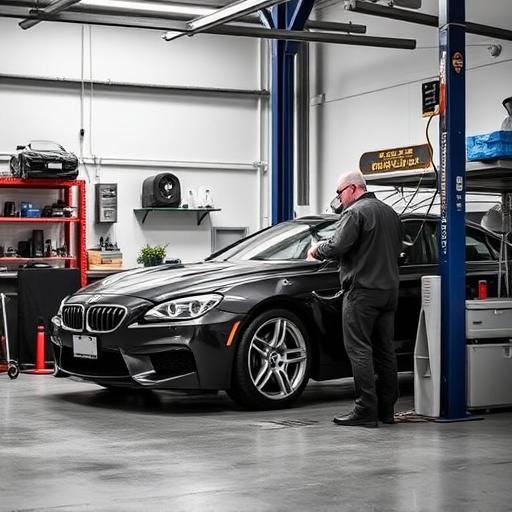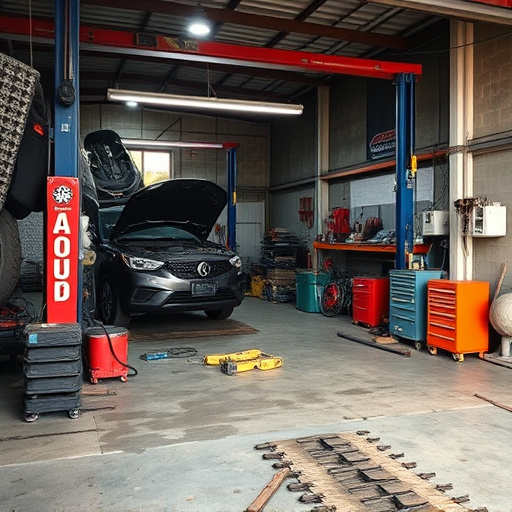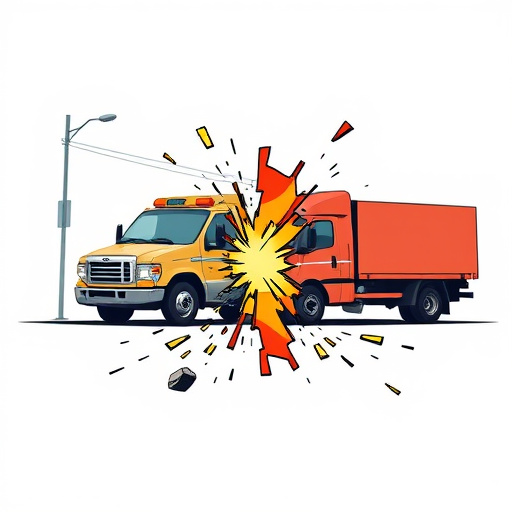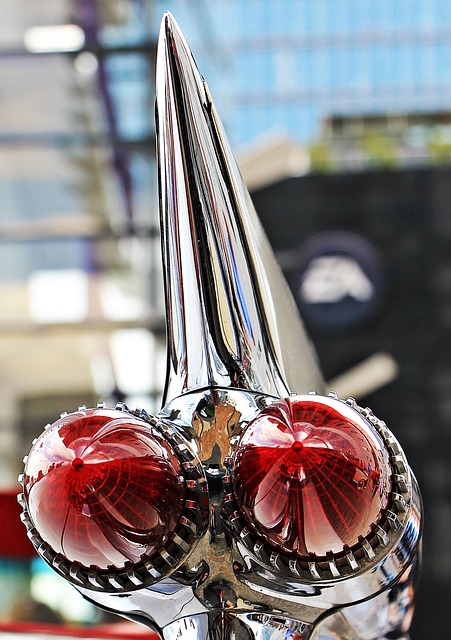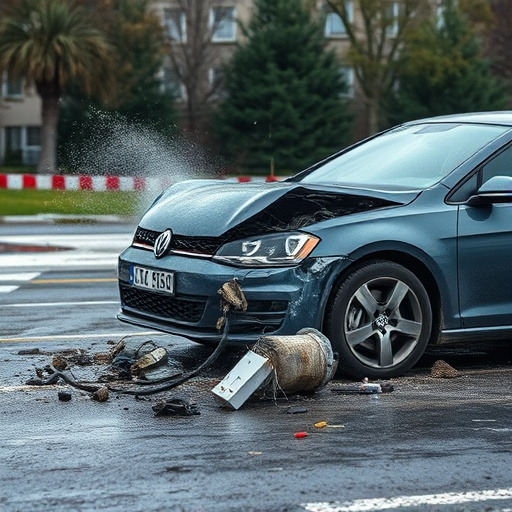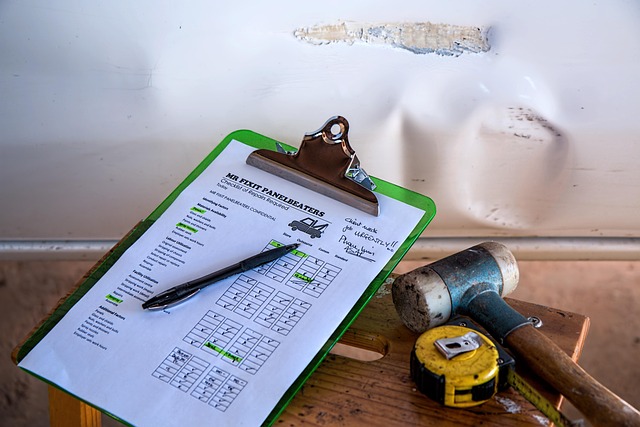Airbag safety certifications are vital for vehicle passenger protection, verifying airbag design and functionality against strict guidelines from organizations like SAE and regulatory bodies. These standards cover deployment time, effectiveness in various collision scenarios, and compatibility with other systems. Both consumers and repair services benefit, with certified technicians ensuring proper installation and maintenance. Critical standards include ISO 26262, SAE J2412, IHS SAE 208, and manufacturer-specific guidelines. Businesses can enhance customer trust and access new markets by aligning their operations with recognized airbag safety certifications.
“In the automotive industry, airbag safety certifications are paramount, ensuring vehicle occupants’ protection during collisions. This article delves into the intricate world of airbag safety standards, guiding professionals through a comparative analysis of leading industry certifications. From understanding the fundamental principles to evaluating specific requirements, we explore how these certifications impact vehicle design and consumer safety. By examining key industry standards, we empower readers to make informed decisions, fostering safer automotive innovations.”
- Understanding Airbag Safety Certifications
- Key Industry Standards for Comparison
- Evaluating Certification Requirements and Benefits
Understanding Airbag Safety Certifications

Airbag safety certifications are crucial for ensuring that vehicles meet stringent standards for passenger protection. These certifications verify that both the design and functionality of airbags comply with strict guidelines, enhancing overall vehicle safety. Organizations like the Society of Automotive Engineers (SAE) and global regulatory bodies set these standards, which cover various aspects such as deployment time, effectiveness in different collision scenarios, and compatibility with other safety systems.
Understanding airbag safety certifications is vital for both consumers and automotive repair services. For consumers, it provides peace of mind, knowing that their vehicles are equipped with reliable airbags that will function correctly in case of an accident. Auto repair services, including tire services, also benefit as certified technicians can ensure proper installation and maintenance of these critical safety features, contributing to the overall reliability of the vehicle.
Key Industry Standards for Comparison

When comparing airbag safety certifications within the automotive industry, several key standards stand out as essential benchmarks. These include ISO 26262, a widely recognized international standard for functional safety in road vehicles, focusing specifically on electrical/electronic systems. For airbag systems, which are complex and critical components, this standard ensures rigorous testing and reliability.
Additionally, the Society of Automotive Engineers (SAE) International has established key performance requirements for airbags, such as SAE J2412, which defines the criteria for airbag deployment effectiveness in various vehicle collision scenarios. These standards, alongside others like IHS SAE 208 (for bumper systems) and specific guidelines from manufacturers like Mercedes-Benz for collision repair (including detailed procedures for airbag replacement and testing), provide a comprehensive framework for evaluating airbag safety certifications during vehicle restoration or bumper repair processes.
Evaluating Certification Requirements and Benefits

When evaluating airbag safety certifications, it’s crucial to understand the specific requirements and benefits each program offers. These certifications are designed to ensure that vehicles meet stringent standards for both passenger and driver protection during collisions, such as fender benders or more severe accidents. Look into the scope of coverage, testing protocols, and ongoing maintenance needs required by each certification body. Some programs may focus on entire vehicle systems, while others might specialize in individual components like airbags themselves.
Understanding these nuances is essential for businesses offering body shop services or car scratch repair. By aligning their operations with recognized airbag safety certifications, they can demonstrate compliance, enhance customer trust, and potentially open doors to new markets. Moreover, these certifications can provide peace of mind to clients, assuring them that their vehicles are safe and reliable even after minor incidents like a fender bender.
When it comes to ensuring airbag safety standards, understanding the available certifications is key. By comparing industry standards and evaluating their requirements, businesses can make informed decisions to foster safer vehicles. Airbag safety certification isn’t just a box to tick; it’s a commitment to protecting passengers and enhancing vehicle safety, ultimately contributing to a more secure motoring experience.
